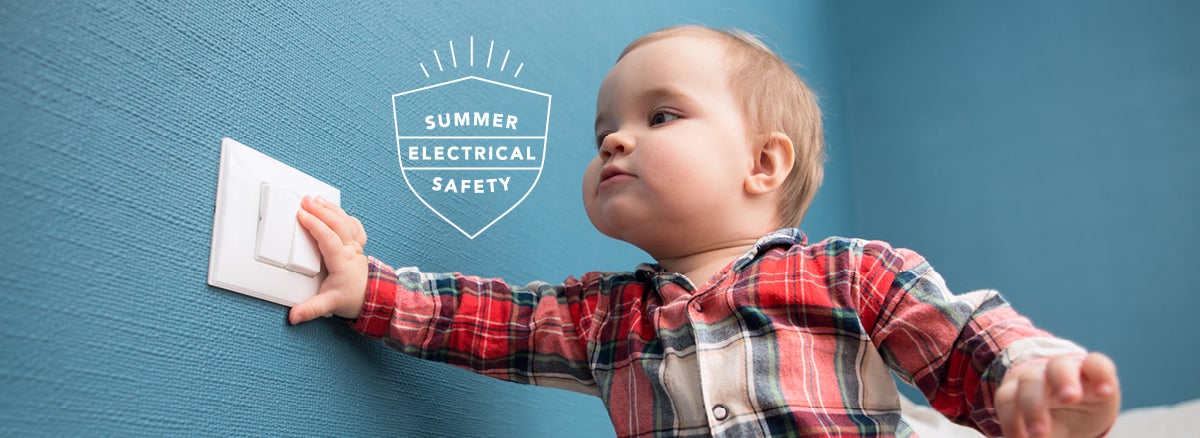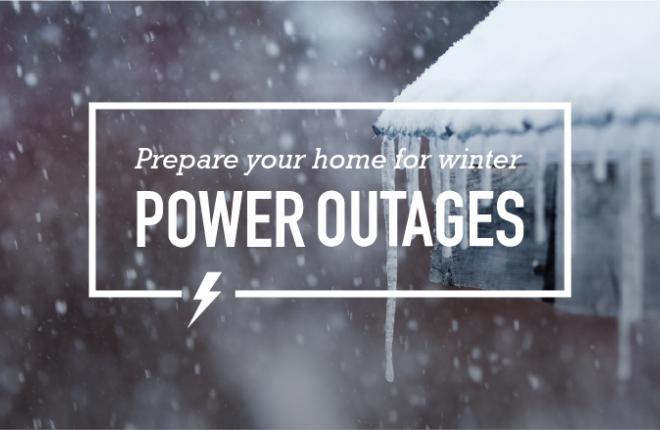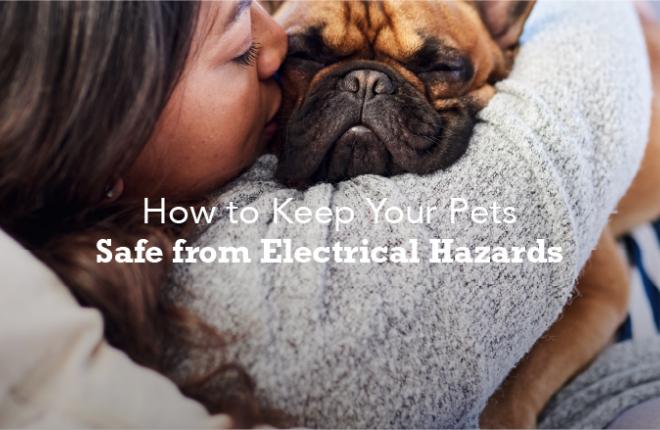
August 1, 2020
4 Electrical Safety Tips Every Kid Should Know
There are four electrical safety tips every kid should know. If you step back and look at your day, how many activities require electricity? You need electricity to charge your phone, cool your house, and cook dinner. Although power fills our daily lives with comfort and convenience, it’s important that we exercise caution around it to stay safe.
Last week I attended Tri-State’s virtual Story Behind the Switch (SBTS) program. SBTS is a virtual/in-classroom educational program delivered by Tri-State and its local electric co-ops. The program provides many electrical safety tips paired with hands-on activities and is provided for students K-12. Eligible teachers can request a Story Behind the Switch session for their students here.
As a near-college graduate, I was surprised at how much I learned about electricity during this 30-minute program. Not only did I take away many tips on safety, but I also realized the immense value of teaching kids how to stay safe around electricity.
Here are 4 of the safety tips I learned from SBTS that every kid should know.
4 Safety Tips Kids Should Know
1. Find Shelter in a Lightning Storm
At the first sign of lightning, find shelter immediately inside a car or a building. Run towards that shelter and avoid tall trees, water and metal structures on the way. These items may attract lightning strikes and, according to the National Weather Service, may create side flashes that can reach out to you if you are within a foot or two of the object that is struck.
Never lay on the ground or find shelter under a tree during an electrical storm. When lightning strikes a tree or other object, much of the energy travels outward from the strike and along the ground surface, striking anything in its path.
2. Stay In the Car if there are Downed Power Lines
If you see power lines on or near the ground, remain calm and stay in the vehicle. Call 911, warn others not to approach you and wait until utility personnel indicate you are safe to leave the car.
If the car starts on fire, you’ll need to jump free from it without touching the outside of the vehicle and while landing with your feet together. Hop away while keeping your feet together at all times. Tri-State helped to develop this SafeElectricity.com video which portrays a real-life situation of a school bus and its safe encounter with downed power lines.
3. Stay Away from Power Lines
Power lines are dangerous because electricity doesn’t flow through the power line; it flows around it. This means that if you touch or even just get close to a power line, there is nothing to protect you from the electricity traveling on that power line. Never fly kites, climb trees or use a ladder near a power line. It’s crucial to check your surroundings and look up to make sure you have no potential to interact with a power line. For an emotional, true story of the dangers of climbing trees near power lines, watch this SafeElectricity.com video.
4. Use Caution with Conductors of Electricity
It’s important to know which materials and objects conduct electricity so you can interact with them safely when electricity is nearby. The human body is an effective conductor of electricity because of the water and minerals in our bodies. We need to act with caution around power lines, outlets and other potential electrical hazards.
Water is another conductor we need to avoid while near electricity. Tap water contains conductive metals so it’s important not to touch switches, outlets, or use a hairdryer with wet hands. If you see lightning while you’re swimming outside, get out of the pool or lake immediately and seek shelter.
Parents, for more electrical safety tips check out SafeElectricity.com from the Energy Education Council for plenty of engaging kid activities, helpful teacher resources and videos including Outdoor Electrical Box Safety and Electric Shock Drowning. You’ll also find tips such as keeping safe during lightning storms and overhead power line safety as well as other important ideas to keep your family safe.
--
About Tri-State
Tri-State is a power supply cooperative, operating on a not-for-profit basis, serving electric distribution cooperatives and public power district member-owners in four states. Together with our members, we deliver reliable, affordable and responsible power to more than a million electricity consumers across nearly 200,000 square miles of the West. Visit www.tristate.coop.
Blog Posts

8 Home Energy Efficient Tips for Spring

Winter Activities to Explore in New Mexico

Great Winter Getaway Activities in Nebraska

4 Winter Destinations in Wyoming for Explorers

11 Tips for a More Energy Efficient Home

Best Ways to Prepare Your Home for a Power Outage

12 Winter Activities to Experience in Colorado

19 Tips for a Safe, Energy Efficient Thanksgiving Day


